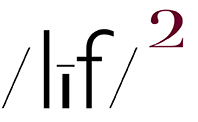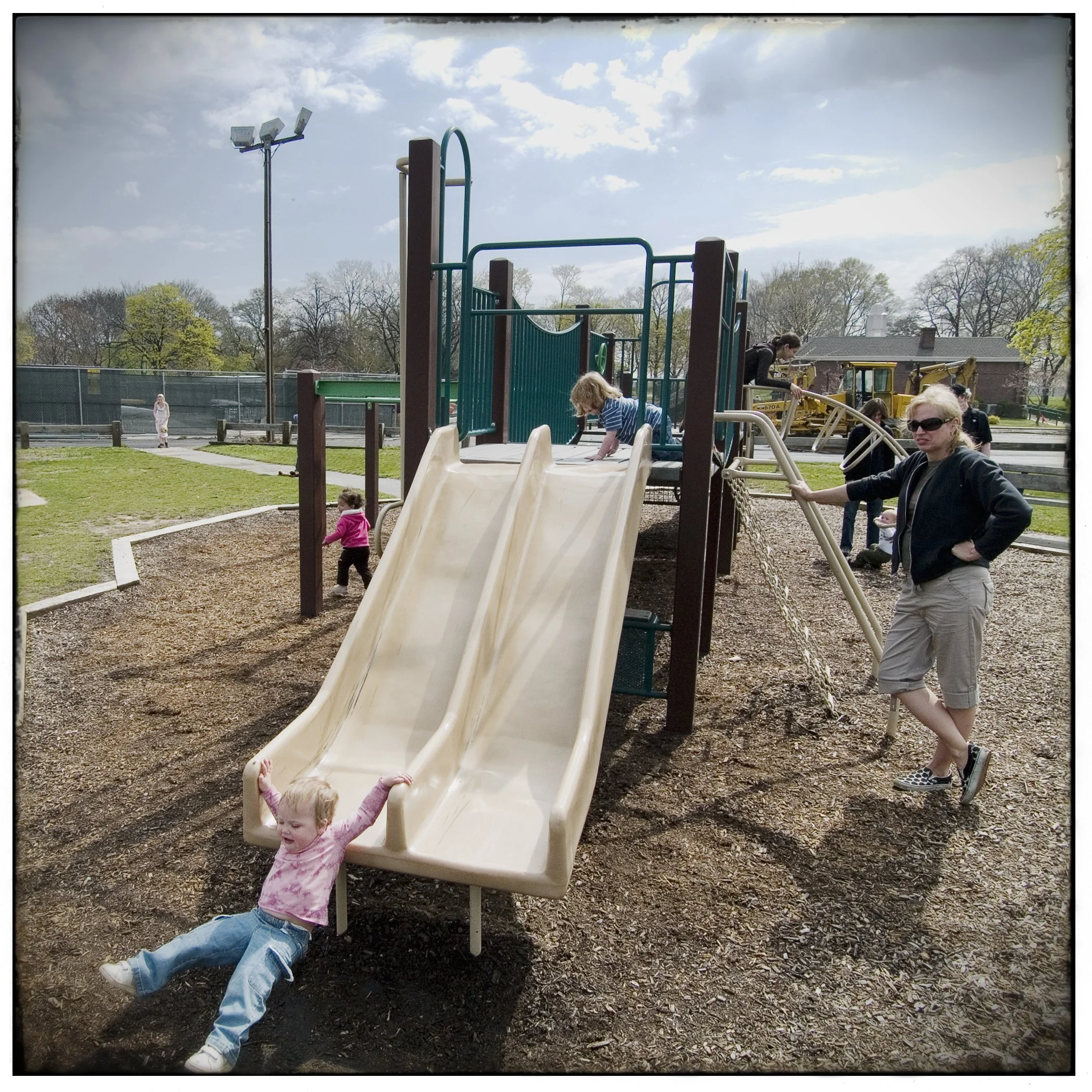"It is tempting, if the only tool you have is a hammer, to treat everything as if it were a nail." ~ Abraham Maslow c.1966
OVER THE YEARS I HAVE MENTIONED (ON THIS BLOG) that I have a rather significant collection of books about photography, both monologues and what might be labeled as books that offer critical analysis–lots of words, very few pictures–on the medium itself. In the context of this entry, it is worth a mention that most monologues include essays–in some cases, multiple essays by different authors–about the presented work.
I have been acquiring photo related books for over 50 years and I continue to do so to this day; case in point, my recent purchase of the Sally Mann book–lots of words, a few pictures–and the MOMA Stephen Shore publication–lots of pictures and lots of words. That written, I continue to acquire such material as part of my ongoing Adult Education Program–a program of which I am the sole Director / Course Advisor.
In any event, you might be wondering what the hammer / analogy has to do with this topic. Well, it’s not complicated …. re: my photo book collection, the books I value most are the monologues and if I were required–most likely by the wife who dislikes “clutter”–to pare the collection down to essentials, all the critical analysis stuff would be headed for the trash bin. Why? Cuz virtually all of them are written using a “hammer”, i.e. academic falderol and artspeak, in order to beat / suck the life out of the “nail”, i.e. photographs. It is as if the authors see a photograph as an opportunity to let us know how fucking smart they are.
Credit were credit is due: To be fair, if one possesses the fortitude and persistence to wade through the often dry and tedious, arcane, academic morass of words, words, words–fyi, I do– there are nuggets of interest and, dare I write, insights to be had.
All of the above written, I am drawn to the question of whether a writer with an academic mindset can ever be a sensualist (a topic for future consideration), i.e. someone who embraces the data gathered by the senses over reason and intellect, especially so when viewing photographs. Most likely what I am considering here is the difference between visual thinking and verbal thinking. Which, it should be noted, can be intermingled to one degree or another in a person–rare is the person who think exclusively in one mode or the other. Case in point ….
…. I am, predominately but not exclusively, a visual thinker. I have a very good friend who is predominately, but not exclusively, a verbal thinker. He does appreciate my photography but, that written, typically, when viewing one of my photos on a device with a touch screen, he immediately uses the thumb / forefinger enlargement feature to view details in the photo. A practice which indicates, to me, that he tends to overlook the form / structure of the photo and concentrate his interest, primarily but not exclusively, on the literally depicted referent(s) to be seen in the photo.
ASIDE he and I were both Honor Class students in our all-boys Jesuit Prep school but, tellingly, relative to this entry, he chose Science Honors whereas I chose Greek Honors END ASIDE
One more case in point–based in part on an actual experience (mine) and in part on conjecture …. the photo in this entry of a vintage ironing board. When the wife brought this thrift store find into the house and set it up, I was immediately struck with a overwhelming, visceral, and intense reaction which could be summed up as “This is the most beautiful, man-made object I have ever seen”. The fact that it is an everyday, functional object makes it even more stunning. The words, elegant, delicate, subtle, and all-of-piece come to mind.
On the other hand–here’s the conjecture part–I am very certain that, while my good friend thought it to be interesting, his verbal thinking cap was all a-twitter wishing that he had brought his protractor and drawing compass along cuz there was so much geometry to be measured and cataloged. Then, of course, there is the structural integrity to be considered (fyi, it was quite sound).
In any event, all I now want to do is add a small, one room addition to our house–no windows, white walls and with gallery lighting–in which to place, centered of course, the ironing board so that from time-to-time I can contemplate it in order to keep connected to the true meaning of life.
Cuz, remember, as the sensualist in my visual thinking brain constantly reminds me, all knowledge is ultimately derived from sensory experience and sensations and perceptions are the most fundamental forms of true cognition.
And, oh yeah, acquire some photo books.

